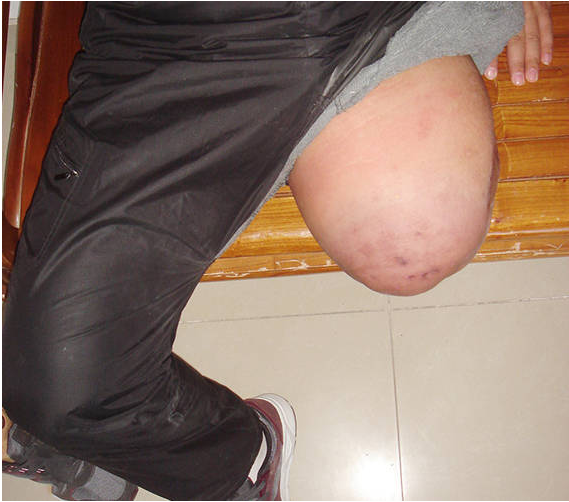How to prevent joint deformities after amputation (1)
1. Maintain a good posture. Maintain the correct position of the residual limb to prevent joint contracture and deformity of the residual limb. Because part of the muscle is cut off after amputation, it will cause muscle imbalance and joint contracture. Such as: hip flexion, hip abduction, knee flexion, ankle plantar flexion, the results will affect the alignment of the prosthesis. After the operation, the joint should be placed in the functional position, and functional exercise should be performed early to make the joint flexible and non-deformed. A pillow can be placed under the affected limb within 24 hours after surgery to reduce swelling, and the pillow should be removed after 24 hours to prevent joint contracture deformation. Therefore, post-operative thigh amputees should pay attention to extending the residual limb to the middle of the body (hip adducted) as much as possible. Amputees can be placed in the prone position twice a day for 30 minutes each time. When lying on your back, you should be careful not to try to be more comfortable, or to raise the affected area to relieve pain, or to elevate the residual limb, or place a pillow on the perineum to abduct the thigh; long-term use of a wheelchair, use a wooden crutch to lift the residual limb and other bad postures ; Do not separate the residual limb outward or raise the waist; after calf amputation, pay attention to placing the residual knee joint in the straight position, no pillow should be placed under the thigh or knee, knees should not be bent on the bed, nor should Bend your knees and sit in a wheelchair or place the stump on the handle of a crutch.
2. Eliminate swelling of residual limbs. Postoperative trauma, insufficient muscle contraction, and obstruction of venous return can cause swelling of the residual limb. This kind of edema is temporary, and the swelling can be reduced after the circulation of the residual limb is established, which usually takes 3-6 months. However, the use of elastic bandages and reasonable dressing of residual limbs can reduce swelling and promote stereotypes. In recent years, the post-operative prosthesis has been adopted internationally, that is, on the operating table, when the anesthesia is not yet awake after the amputation operation, the amputee is fitted with a temporary prosthesis, and one or two days after the operation, the amputee can get out of bed to practice walking or perform other functions. Training, this method is not only a great psychological boost for amputees, it is also very helpful in accelerating the shape of the residual limb and reducing phantom limb pain and other pains. There is also environmentally controlled therapy, in which the residual limb without any dressing is placed in a transparent balloon attached to an air conditioner to practice walking after surgery. The pressure in the container can be adjusted and changed to make the residual limb shrink and shape, and promote the early shaping of the residual limb.
Post time: Jun-04-2022

